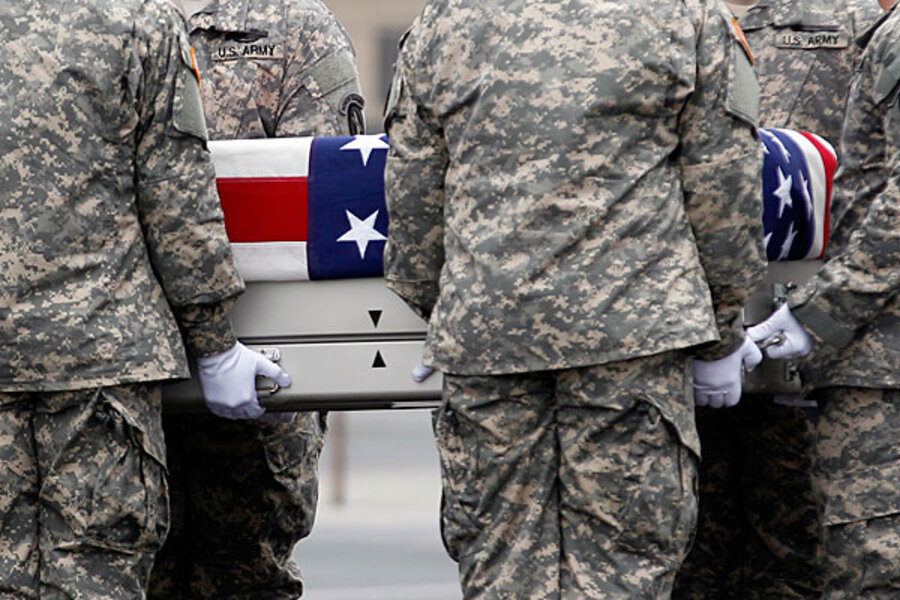Officials considered burying the remains of some 9/11 victims at sea
Loading...
| Washington
An independent investigation into why the mortuary at Dover Air Force Base disposed of the remains of some victims of the 9/11 terrorist attacks in a landfill released new details Friday, painting a picture of "sketchy handoff communication” and repeated mistakes.
A series of e-mails – in which names are redacted – were released by the Pentagon Friday as part of the independent investigation. They point to mismanagement and offer corroboration of a 2005 internal investigation that concluded that “control and accountability of remains is lacking” and that “human remains were misrouted in a fashion constituting dereliction of duty.”
The crux of one thread of discussion, revealed in e-mails, centers around whether the remains of some victims of the 9/11 terrorist attacks should be considered “human remains” or “medical waste.”
These were remains that medical examiners were not able to identify, and defense officials dubbed them “non-associated fragmented material.”
The remains were “mixed in with pieces from the building, from the airplane,” Jo Anne Rooney, acting undersecretary of Defense for Personnel and Readiness, said Friday in a briefing with reporters.
Medical examiners could not definitively determine whether the remains were human or whether “there were any terrorists' [remains] mixed in,” she added.
In the days leading up to the decision to dispose of the remains in a landfill, defense officials debated whether it would be more proper to bury them at sea instead.
The e-mail discussion “ranged from throughout the [Defense] Department into very senior positions, Ms. Rooney said.
“I do like the idea of spreading the ashes at sea, in that it is neutral area, it should represent an area readily agreeable to all parties,” one official wrote in August 2002.
Another suggested that “it may be appropriate for us to witness and perhaps even have a chaplain present.”
After all, one US military colonel in the e-mail chain added, the body parts are “not your normal set of medical waste.”
Yet another official, however, raised an objection to the idea of a burial at sea. “We shouldn’t attempt to spread the residue at sea, as it could [be] possible [to] send a message to the next of kins that we are disposing human remains, and that is not the case.”
The remains were known as “Group F,” which was categorized differently from remains that were intact. It was important to medical examiners to keep the identified remains of terrorists separate from those of the victims, officials said.
But the Group F remains were particularly difficult to identify. It was unclear whether the remains were human or “something from someone’s lunch,” Capt. Craig Mallak, an armed forces medical examiner, told reporters at the Friday briefing.
The instructions to on-site investigators were “to send in anything that we might be able to get an ID of a victim off of.” He added that “hundreds of thousands” of such portions come in from “these mass disasters” such as 9/11.
“We would rather have literally thousands of portions that we can never make an ID off of,” Mallak said, “than miss one piece that we could make the ID off of.”
Dover mortuary officials came under fire last year for what the Air Force deemed “gross mismanagement” that included the landfill revelations. A review was ordered by Defense Secretary Leon Panetta and led by retired Gen. John Abizaid, who once headed the command in charge of the wars in Iraq and Afghanistan.
Even after a series of internal investigations into problems at Dover, “corrective actions were not taken,” Abizaid said.
Editor's note: This story was updated at 6 p.m., Eastern time, on March 30.






